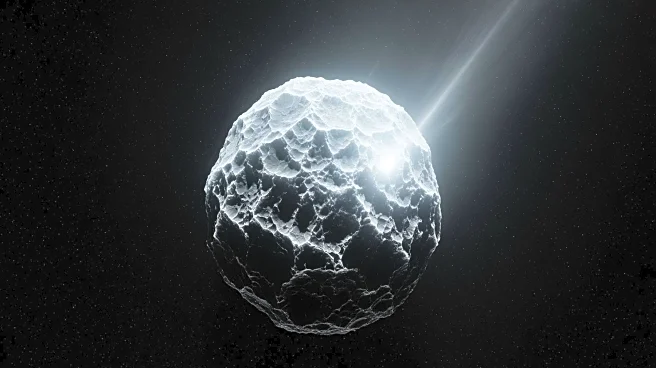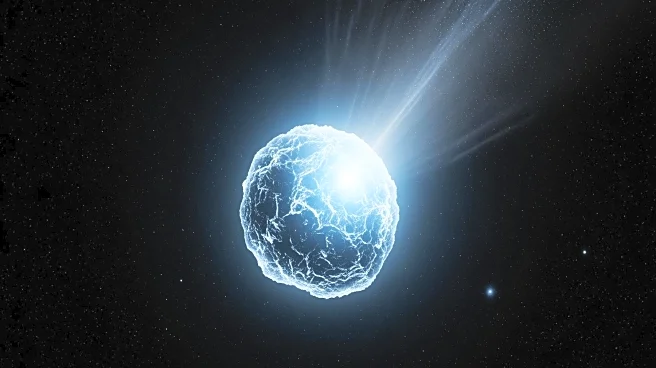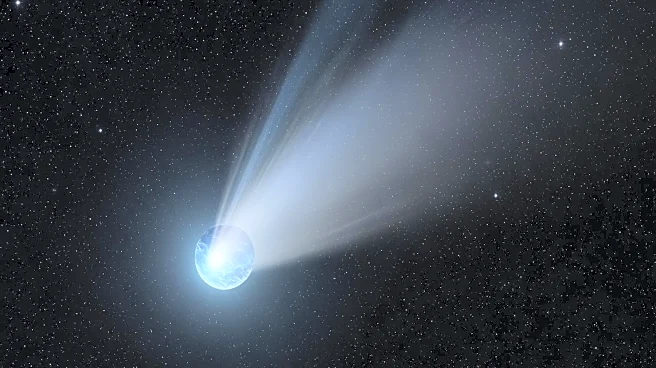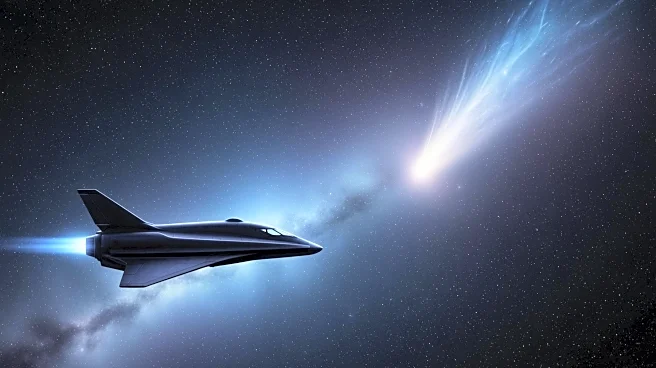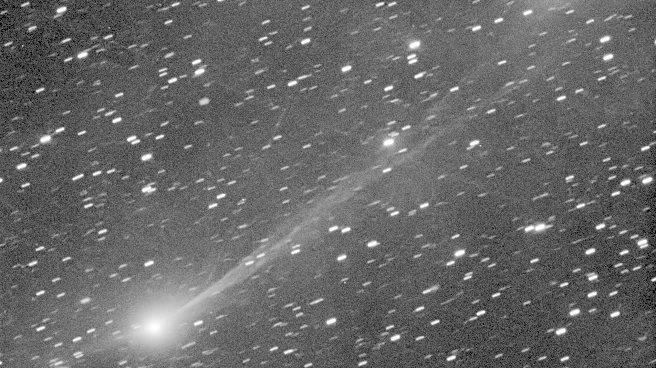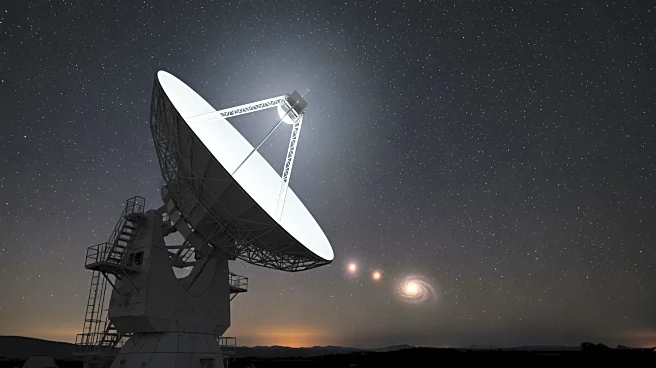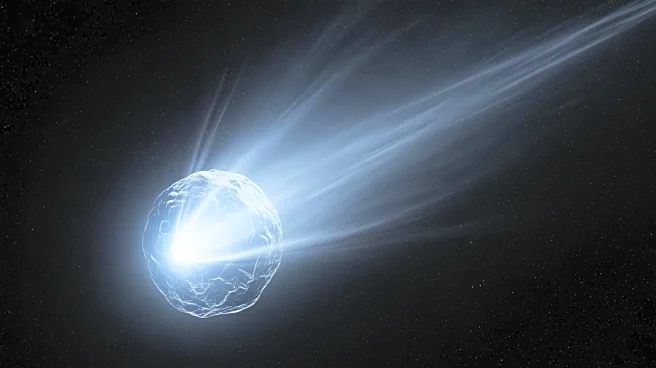What's Happening?
Recent radar studies conducted by NASA have cast doubt on the presence of liquid water beneath Mars's southern polar ice cap. The Mars Advanced Radar for Subsurface and Ionosphere Sounding (MARSIS) had previously detected strong radar reflections suggesting
potential liquid water. However, new observations using the Shallow Radar (SHARAD) aboard the Mars Reconnaissance Orbiter, which employed a new maneuver to increase signal penetration, found weak radar echoes, indicating the absence of liquid water. Researchers suggest that the faint detection may be due to smooth ground beneath the ice rather than liquid water. Further research is needed to reconcile the differences between MARSIS and SHARAD findings.
Why It's Important?
The presence of liquid water on Mars is crucial for understanding the planet's habitability and potential for life. If liquid water exists, it could support microbial life and future human exploration. The new findings challenge previous assumptions and highlight the need for more detailed studies to understand Mars's subsurface conditions. This research impacts planetary science and exploration strategies, potentially altering future missions aimed at discovering life or establishing human bases on Mars.
What's Next?
Further investigations are planned to resolve the discrepancies between the radar findings. Scientists will continue to analyze radar data and explore other potential explanations for the high reflectivity observed by MARSIS. These efforts will involve collaboration between international space agencies and may lead to new missions or technological advancements in radar systems to better understand Mars's subsurface.


